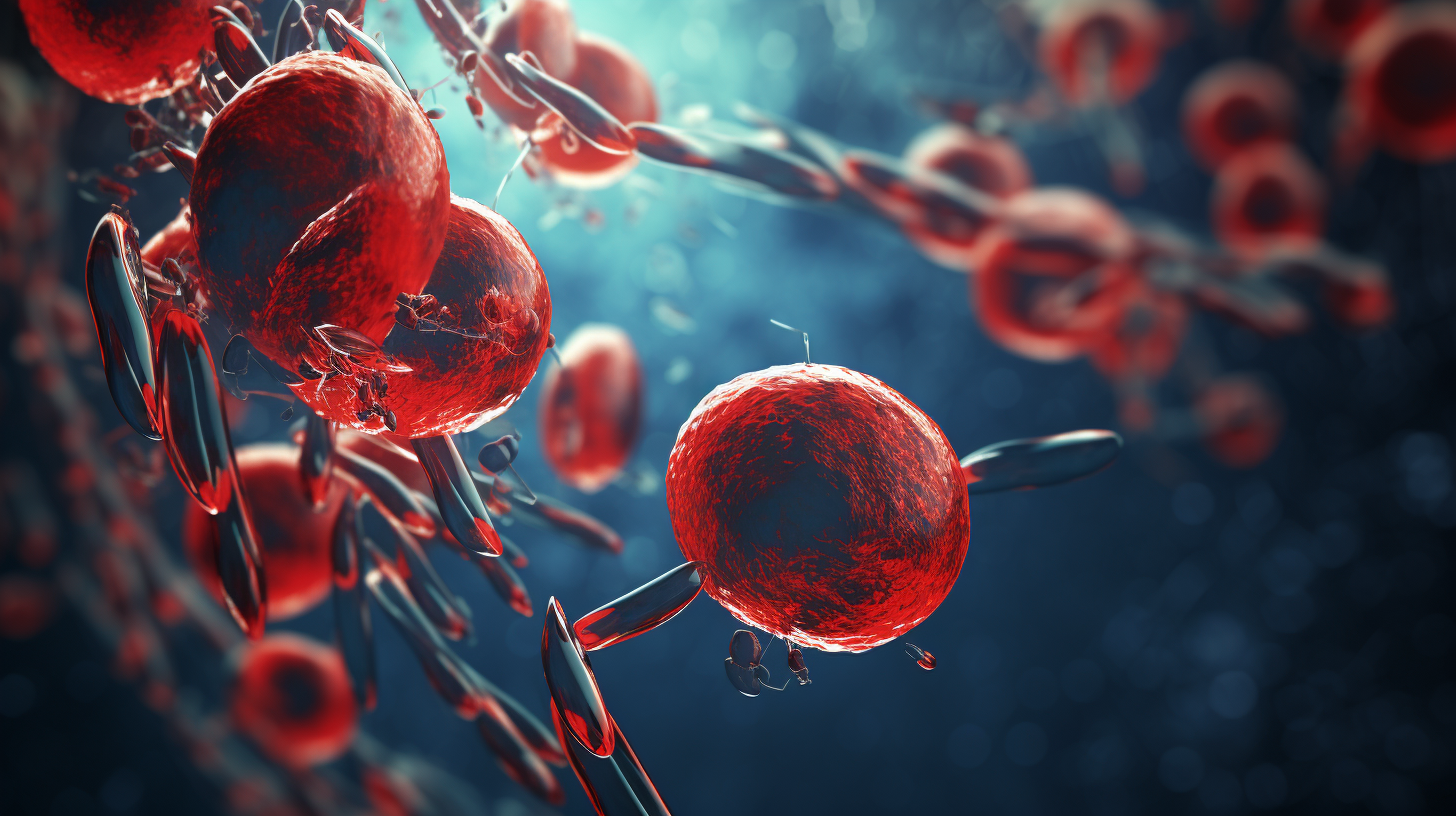In a groundbreaking move, the United States Food and Drug Administration (FDA) has given the green light to a revolutionary gene-editing treatment for sickle cell disease. This marks a significant milestone in the field of medical science, as it represents the first approval of cell-based gene therapies for this debilitating blood disorder.
The FDA has approved two novel treatments, Casgevy and Lyfgenia, both of which are poised to transform the lives of millions of sickle cell disease patients worldwide. Casgevy, also known as Exa-cel or Casgevz, is a CRISPR-based therapy, a technology that has won the Nobel Prize for its innovative approach to gene editing.
Sickle cell disease is a rare but severe blood disorder that affects an estimated 100,000 people in the US and over 7.7 million people globally. The disease primarily affects individuals of African or Caribbean descent. It is characterized by misshapen blood cells that resemble sickles rather than the typical donut shape of normal blood cells. These abnormal cells can obstruct blood vessels, leading to a lack of oxygen supply, severe pain, strokes, and organ damage.
The Casgevy gene-editing tool offers a new approach to treating this disease. Patients first undergo a course of chemotherapy. Doctors then extract stem cells from the patient’s bone marrow. These cells are treated with the medication in a lab, where the CRISPR gene-editing tool is used to remove the sections of DNA that cause the sickle shape. The treated stem cells are then reintroduced into the patient’s body.
Despite the promising potential of these gene therapy treatments, concerns have been raised about their accessibility. The treatments can cost millions of dollars, which could put them out of reach for many of the people who would benefit most.
Frequently Asked Questions
What is sickle cell disease?
Sickle cell disease is a severe blood disorder characterized by misshapen blood cells that resemble sickles rather than the typical donut shape of normal blood cells. These abnormal cells can obstruct blood vessels, leading to a lack of oxygen supply, severe pain, strokes, and organ damage.
What is CRISPR?
CRISPR (Clustered Regularly Interspaced Short Palindromic Repeats) is a revolutionary gene-editing tool that allows scientists to edit parts of the genome by removing, adding, or altering sections of the DNA sequence. It is known for its precision, efficiency, and flexibility, making it a powerful tool for treating genetic disorders.
How does the Casgevy gene-editing tool work?
The Casgevy gene-editing tool uses the CRISPR technology to treat sickle cell disease. Patients first undergo a course of chemotherapy. Doctors then extract stem cells from the patient’s bone marrow. These cells are treated with the medication in a lab, where the CRISPR gene-editing tool is used to remove the sections of DNA that cause the sickle shape. The treated stem cells are then reintroduced into the patient’s body.
What are the concerns about these gene therapy treatments?
While these gene therapy treatments hold great promise, they are also very expensive, potentially costing millions of dollars. This could make them inaccessible to many of the people who would benefit most from them.



